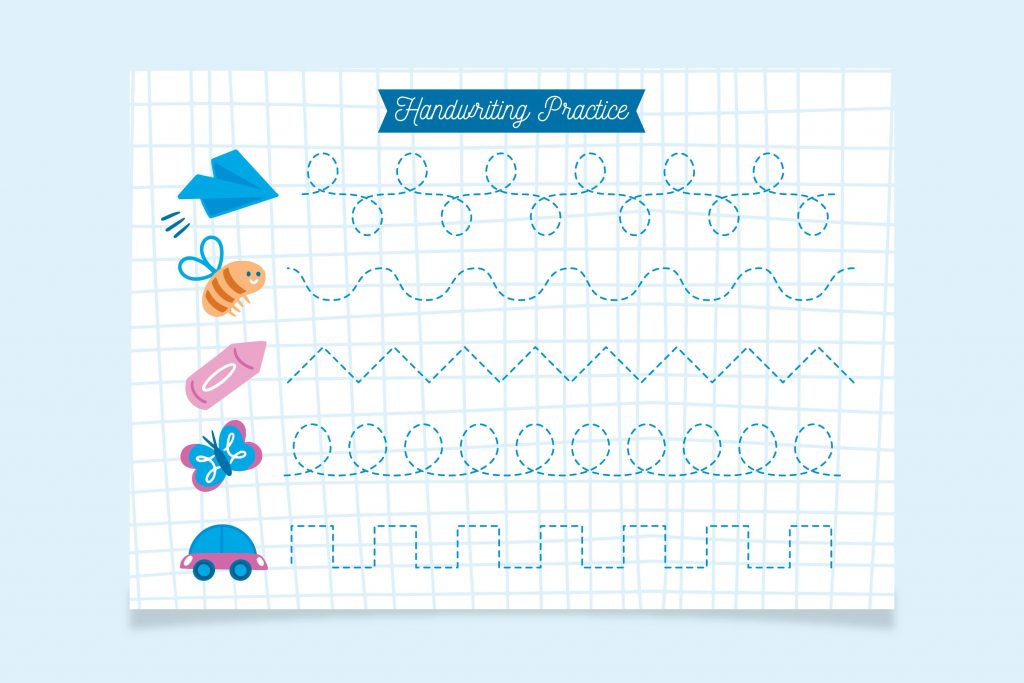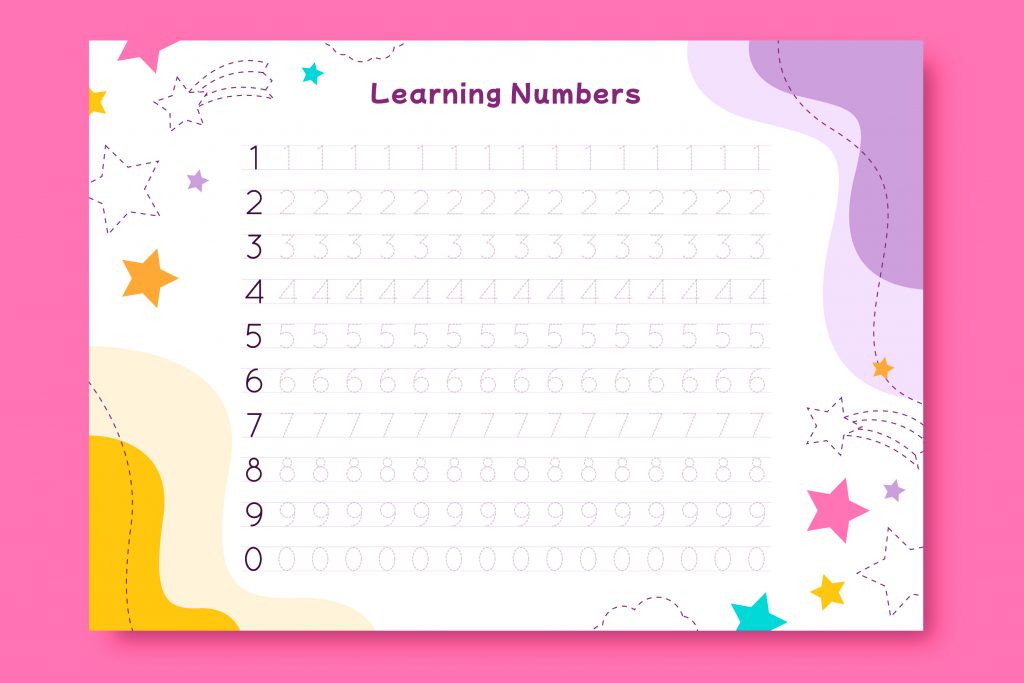Alphabet Tracing Worksheets
Alphabet tracing worksheets have long been a staple in early childhood education, providing young learners with an engaging and effective way to practice letter recognition and writing. These worksheets are more than just a fun activity; they are an essential tool in developing fine motor skills, reinforcing letter-sound associations, and building a foundation for literacy. In this post, we’ll explore the benefits of alphabet tracing worksheets, tips for using them effectively, and how they can be integrated into a broader learning curriculum.
Click on the Image to Download
While you’re here, grab these free printables!
The Benefits of Alphabet Tracing Worksheets
- Fine Motor Skills Development: Learning to write requires control over fine motor skills, which are the small movements of the hands and fingers. Tracing worksheets help children practice these skills by guiding them through the motions of writing each letter. The repetitive nature of tracing helps to strengthen the muscles in their hands, improving dexterity and coordination.
- Letter Recognition and Formation: Alphabet tracing worksheets provide a visual and tactile way for children to become familiar with the shapes of letters. By repeatedly tracing each letter, children can memorize the correct form and start to recognize these shapes in other contexts. This recognition is a critical step in early literacy, as it helps children distinguish between different letters and understand their distinct sounds.
More Benefits of Alphabet Tracing Worksheets
- Enhanced Focus and Concentration: Completing tracing worksheets requires children to concentrate on following lines and staying within the boundaries. This practice not only improves their focus but also teaches them the importance of attention to detail. As they progress, children learn to control their impulses and complete tasks with greater accuracy and patience.
- Preparation for Independent Writing: Tracing is a precursor to independent writing. As children gain confidence in their ability to form letters, they can transition from tracing to writing on their own. This progression builds self-assurance and a sense of accomplishment, encouraging them to write more freely and creatively.
Tips for Using Alphabet Tracing Worksheets
- Start with Basics and Gradually Increase Difficulty: Begin with simple, bold letters that have clear start and stop points. As children become more comfortable, introduce more complex worksheets with smaller letters and cursive writing. This gradual increase in difficulty keeps children challenged and engaged.
- Incorporate Multi-Sensory Learning: Use a variety of materials, such as dry-erase boards, sandpaper letters, or tactile tracing cards. These multi-sensory experiences help reinforce learning by engaging different senses, making the process more memorable and enjoyable.
- Combine with Phonics Practice: Pair tracing activities with phonics exercises. As children trace each letter, encourage them to say the corresponding sound aloud. This association between the written form and its phonetic sound helps with reading and spelling skills.
- Make it Fun and Interactive: Keep the activity light and enjoyable. Use colorful markers, stickers, or stamps to reward completed worksheets. Incorporate games, such as matching letters with pictures or playing “I Spy” with letter shapes around the room.
Integrating Alphabet Tracing into a Broader Curriculum
Alphabet tracing worksheets should be part of a comprehensive approach to early literacy. Alongside these worksheets, consider incorporating the following activities:
- Story Time: Reading books that emphasize letter sounds and rhymes.
- Art and Craft: Activities that involve cutting, pasting, or molding letters from clay.
- Songs and Rhymes: Singing songs that include alphabet and phonics concepts.
- Interactive Technology: Educational apps and games that focus on letter recognition and writing.
The ABCs of Alphabet Tracing
Alphabet tracing worksheets are a versatile and valuable resource in early childhood education. They support the development of fine motor skills, letter recognition, and phonics, while also preparing children for more advanced writing tasks. By making these activities fun and varied, educators and parents can foster a love for learning and set the stage for future academic success. Whether at home or in the classroom, incorporating alphabet tracing into a child’s daily routine can make a significant impact on their early literacy journey.
Free Printable Alphabet Maze Worksheets
Are you looking for alphabet maze worksheets? You’ve come to the right page! Here you’ll find a huge range of free printable alphabet maze worksheets for kids. Take a look at our huge range of designs.

















